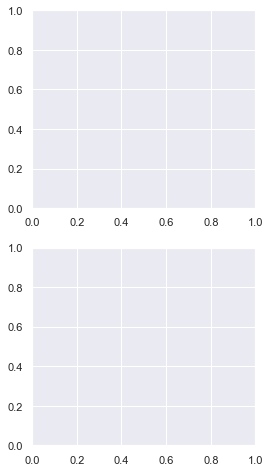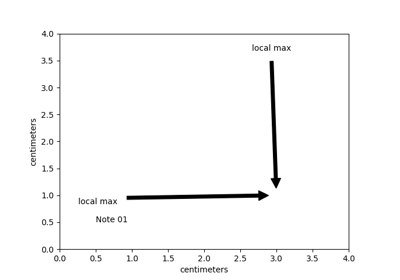
text ( 0.5, 0.5, "Test", size = 30, va = "center", ha = "center", rotation = 30, bbox = dict ( boxstyle = "angled,pad=0.5", alpha = 0.2 )) del BoxStyle. figure ( 1, figsize = ( 3, 3 )) ax = plt. * pad, # boundary of the padded box x0, y0 = x0 - pad, y0 - pad, x1, y1 = x0 + width, y0 + height cp = com = path = Path ( cp, com ) return path # register the custom style BoxStyle. text : The text of the annotation xy : The point (x,y) to annotate xytext : The position (x,y) to place the text at (If None, defaults to xy) arrowprops. pad # width and height with padding added. Note, here we use pyplot.subplotmosaic, and use the subplot labels as keys for the subplots, which is a nice convenience. Simplest is putting the label inside the axes.


""" # padding pad = mutation_size * self. Labelling subplots is relatively straightforward, and varies, so Matplotlib does not have a general method for doing this. You don't need to worry about the rotation as it is automatically taken care of.
#Matplotlib annotate subplot how to#
Learn how to customize the font size, color and other. Often, the *mutation_size* is the font size of the text. Add texts, annotations and arrows to matplotlib charts with the text, figtext and annotate functions. plt. Note, here we use pyplot. 3 Answers Sorted by: 210 You can use text.

*x0*, *y0*, *width*, *height* : location and size of the box - *mutation_size* : a reference scale for the mutation. Labelling subplots is relatively straightforward, and varies, so Matplotlib does not have a general method for doing this. _init_ () def transmute ( self, x0, y0, width, height, mutation_size ): """ Given the location and size of the box, return the path of the box around it. annotate supports a number of coordinate systems for flexibly positioning data and annotations relative to each other and a variety of options of for styling the text. """ def _init_ ( self, pad = 0.3 ): """ The arguments need to be floating numbers and need to have default values. Annotations are graphical elements, often pieces of text, that explain, add context to, or otherwise highlight some portion of the visualized data. # You need to overide transmute method in this case. This is useful when you have an array of axes as returned by plt. From matplotlib.path import Path from matplotlib.patches import BoxStyle import matplotlib.pyplot as plt # we may derive from ._Base class. from matplotlib import pyplot as plt plt.rcParams'figure.figsize' 7.50, 3.50 plt.rcParams'tolayout' True fig, axes plt.subplots(2) x np.linspace(-2, 2, 10) ot(x) ot(x, 2x) for ax in axes: ax.annotate('Straight Line', xy (1, 0),xycoords'axes fraction', fontsize10, horizontalalignment'right', vertic.


 0 kommentar(er)
0 kommentar(er)
